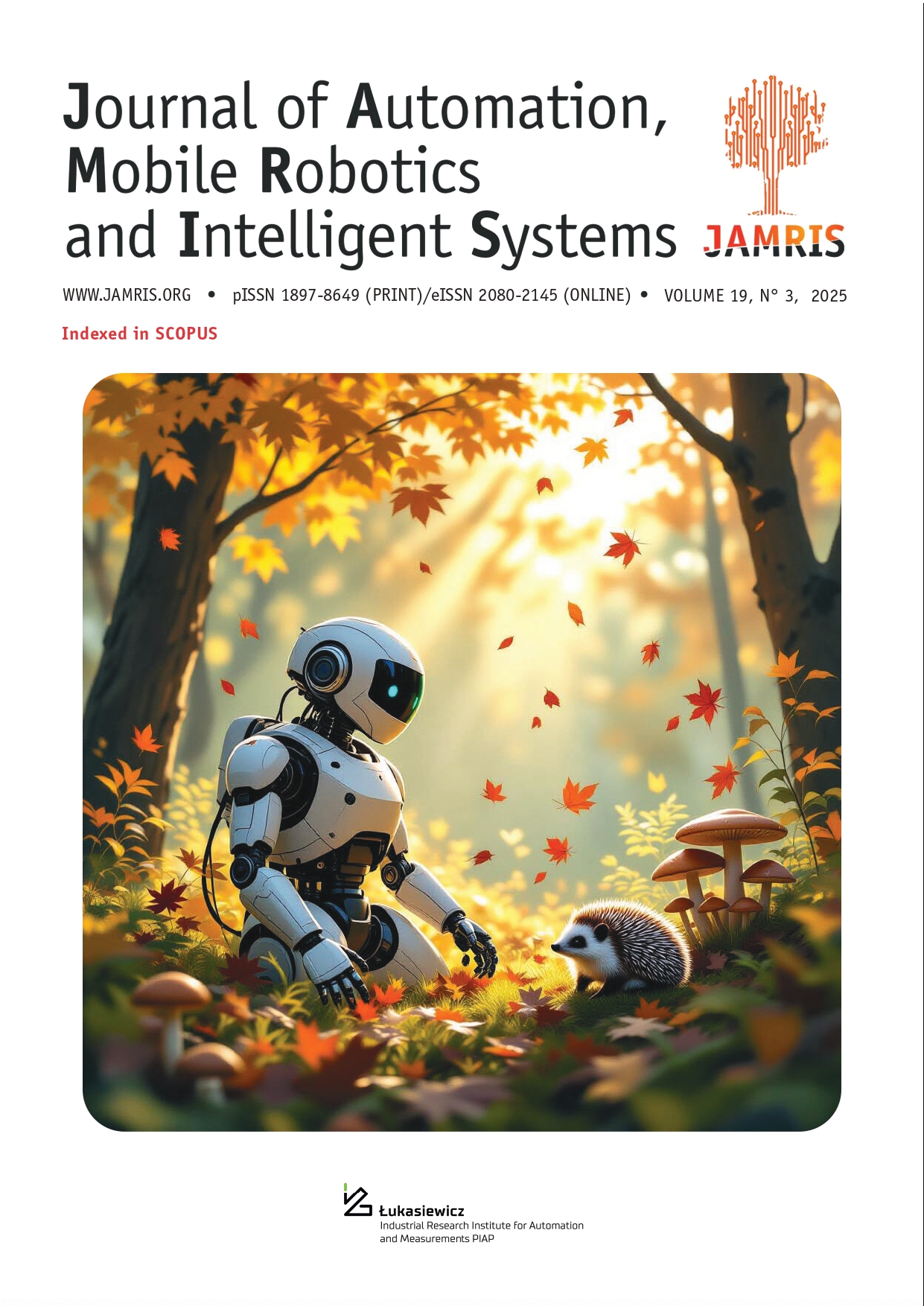The Design of 3D-Printed Open Bearings for Human Assisting Robots
Authors
Abstract
Wearable technologies, including exoskeletons, significantly impact supporting the motion of people with disabilities. However, activating internal/external rotations in extremity segments requires placing body segments inside bearings, as their rotation axes must overlap. This hinders the exoskeleton mounting process and even excludes some medical cases from using the devices. For this reason, the design of innovative 3D-printed open bearings was presented in this paper. It consists of anthropometric modelling, computer-aided mechanical design, multibody dynamics simulations, strength analysis, and parametric optimisation to obtain minimal mass while complying with the strength requirements. The design process resulted in reducing the overall mass of the design by 40%. Moreover, it proved that the powder additive manufacturing techniques combined with the thin sliding layers printed with FFF/FDM technology are more appropriate for the intended use than monoliths manufactured with FFF/FDM technology. The presented methodology is universally applicable to other robots interacting with humans, which require the use of open bearings without drives, also if manufactured subtractively.







